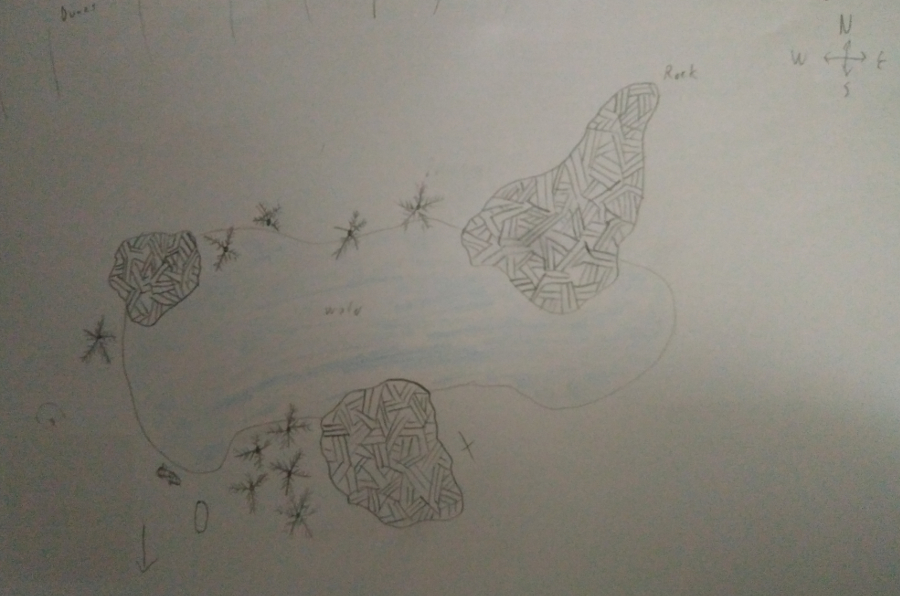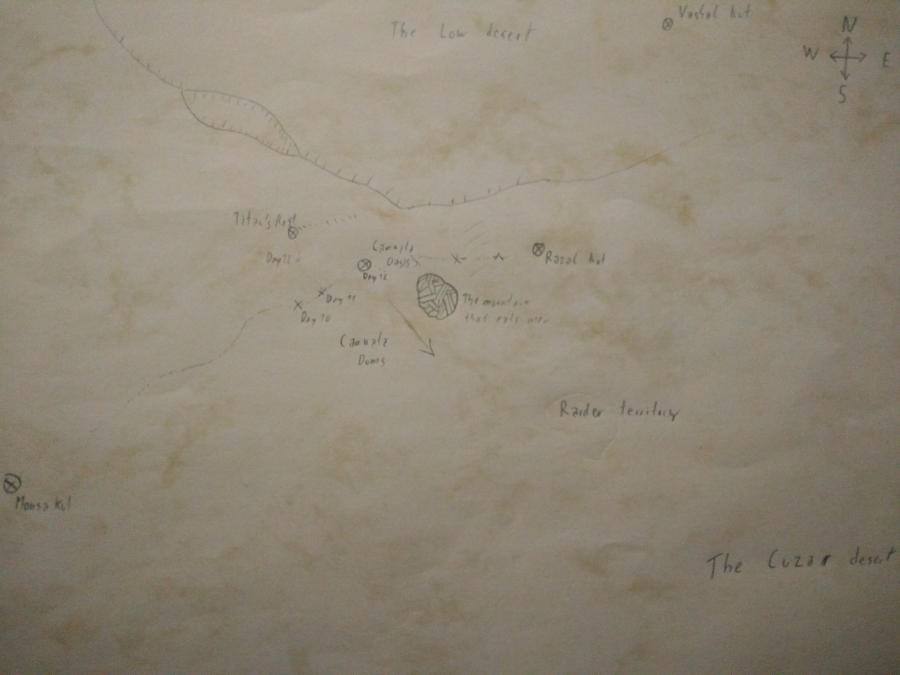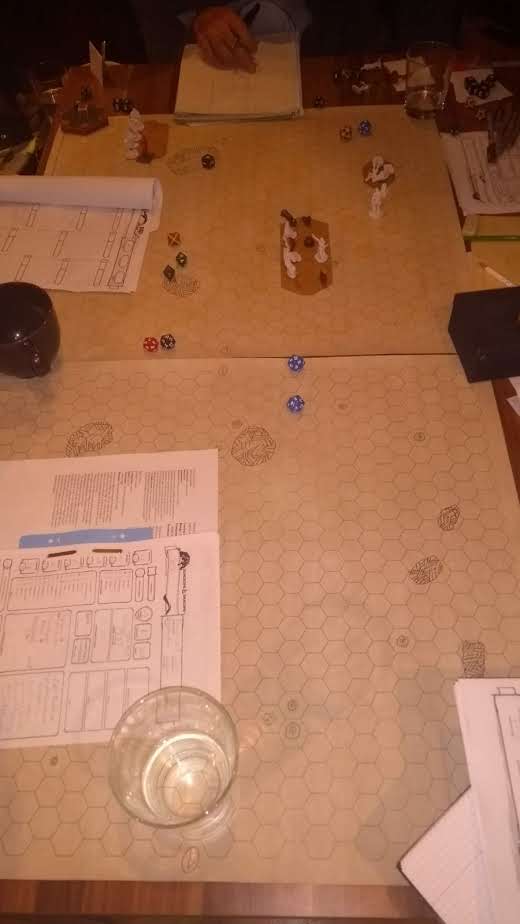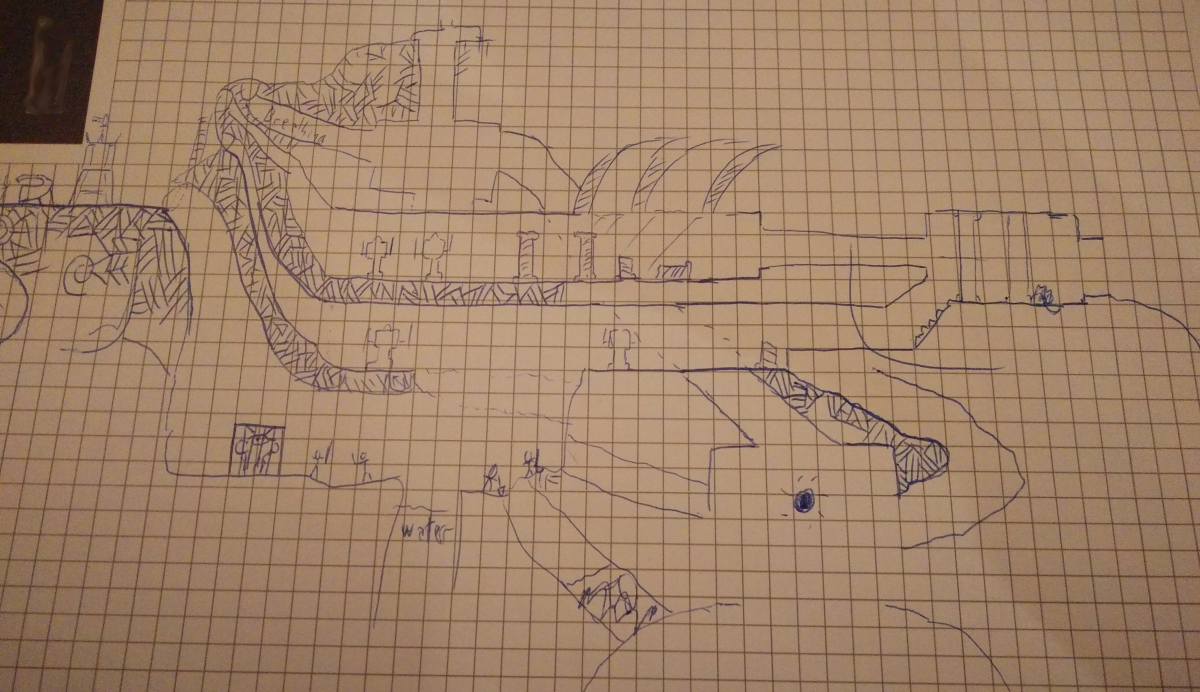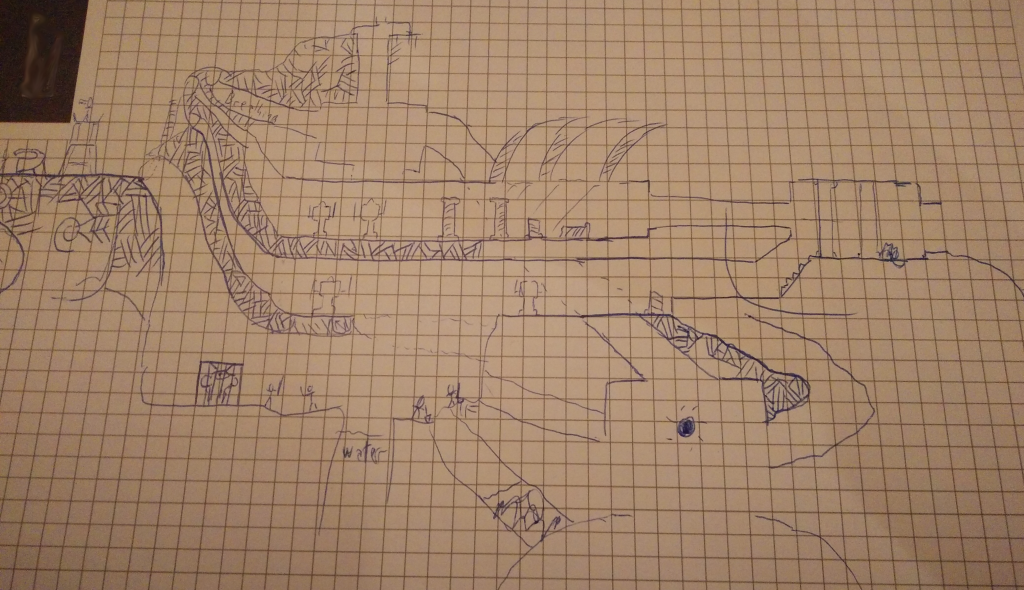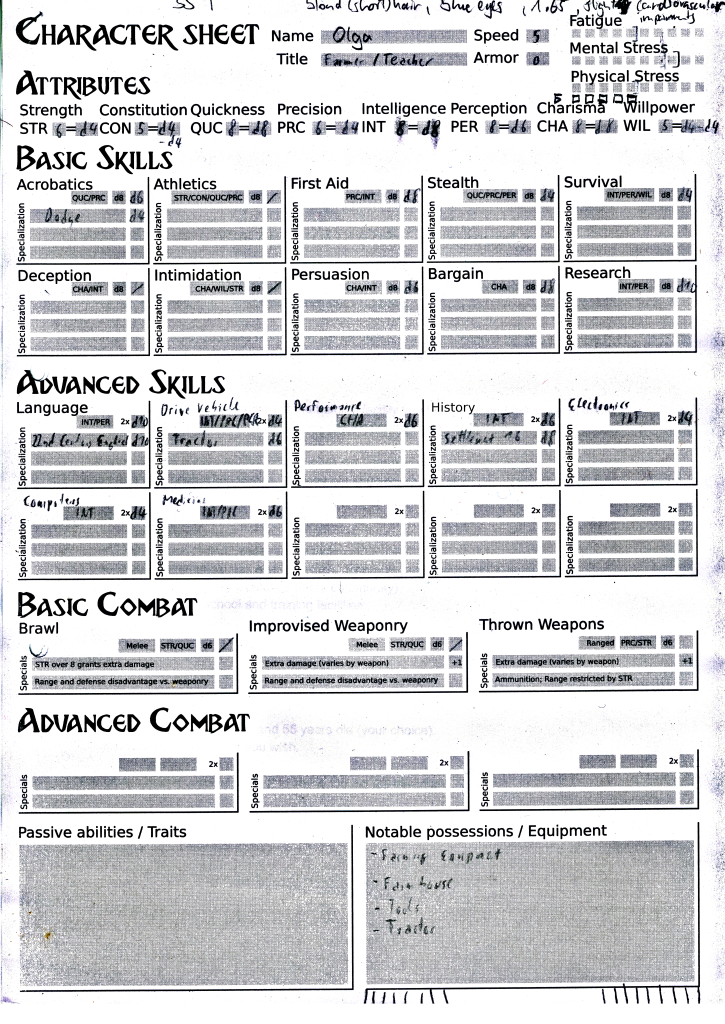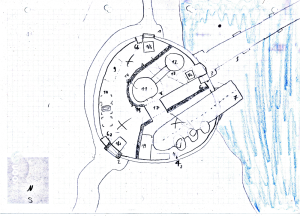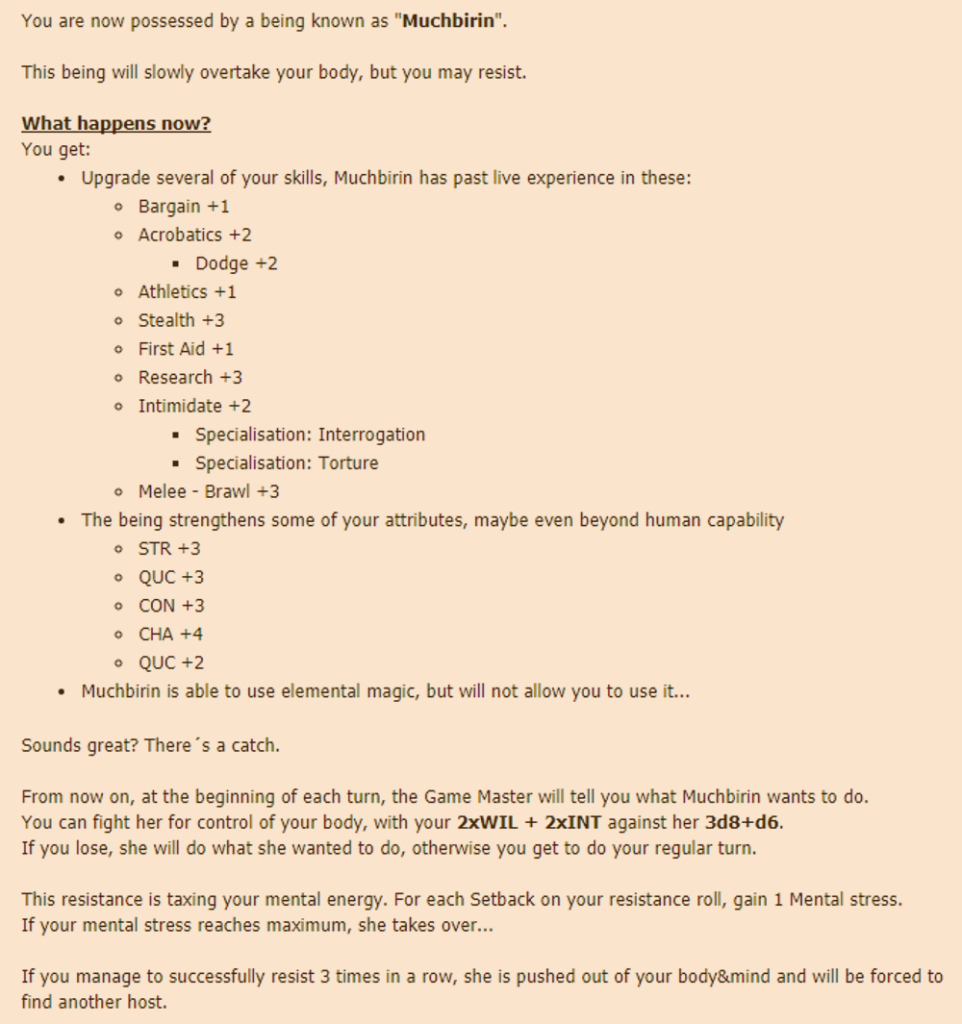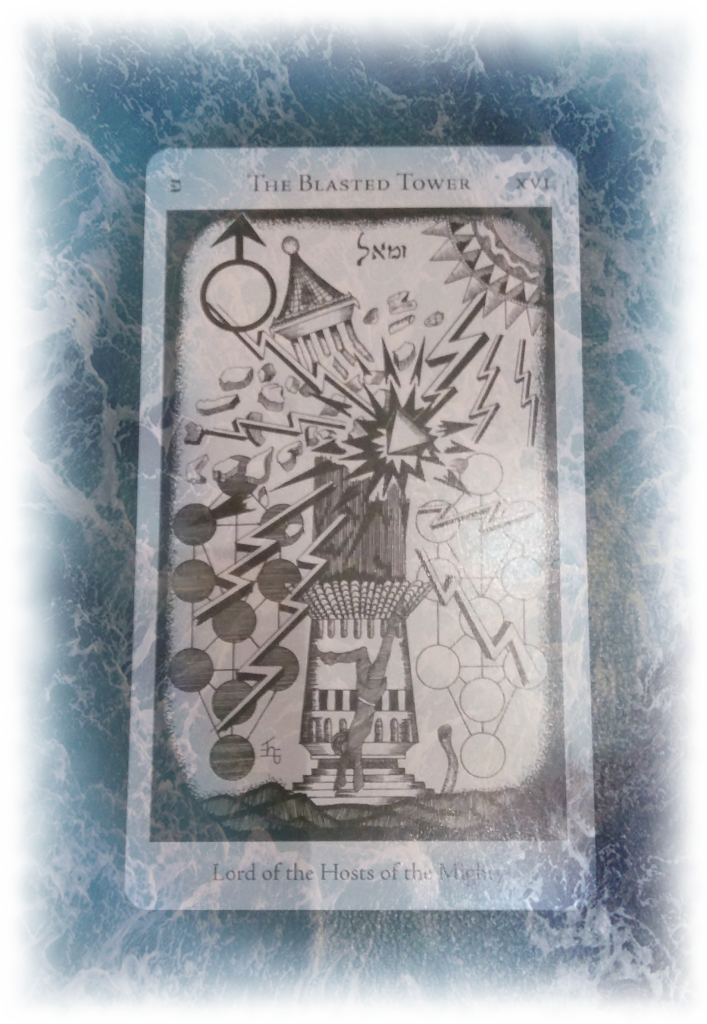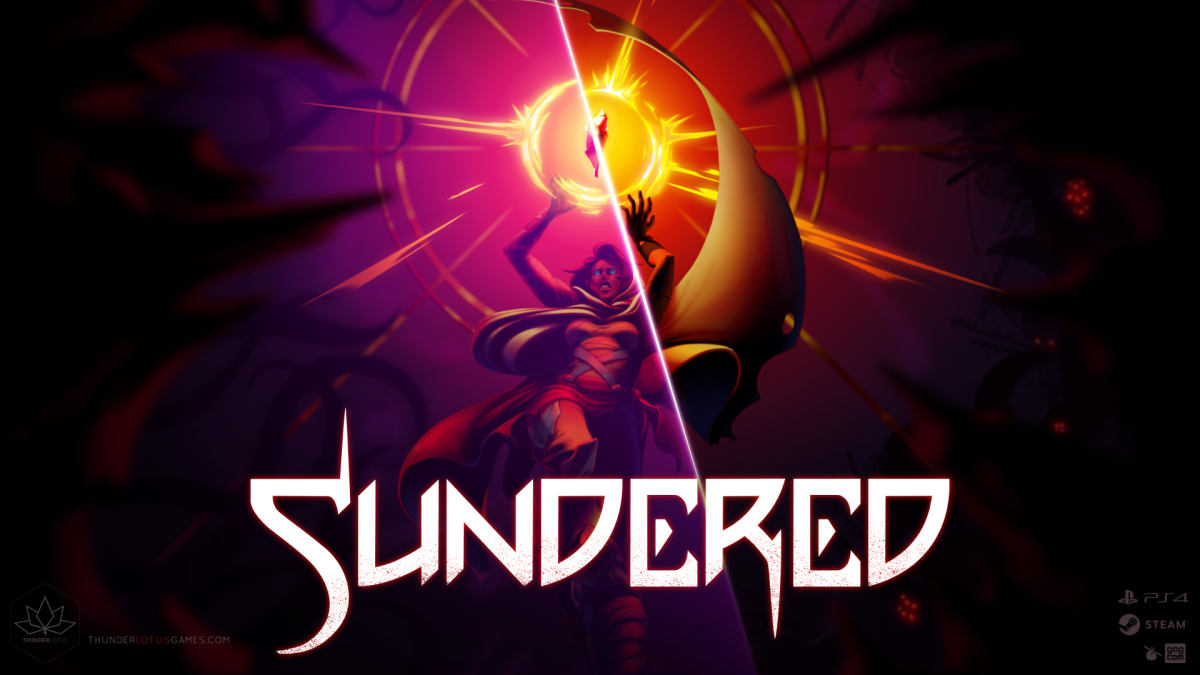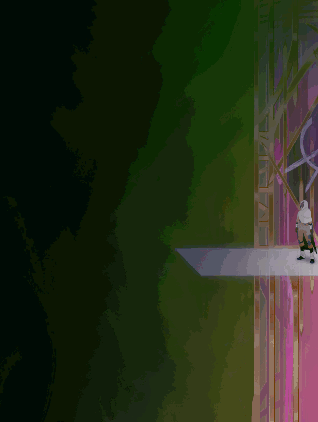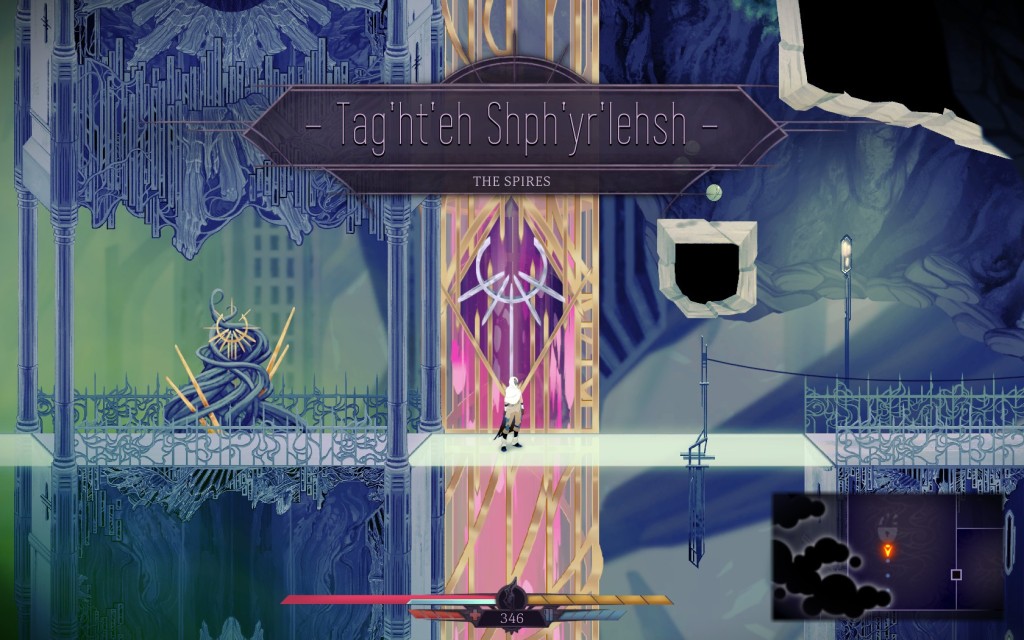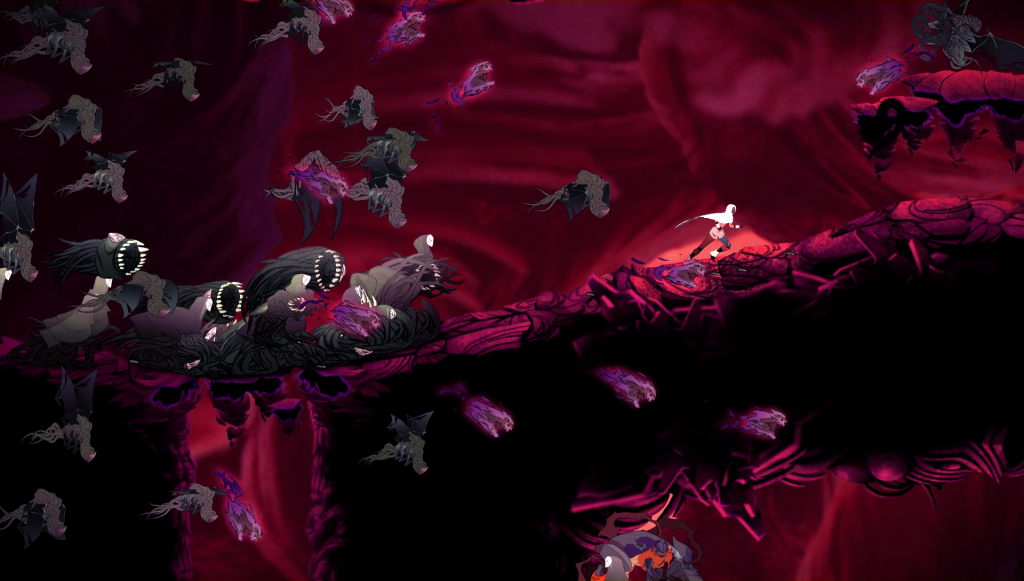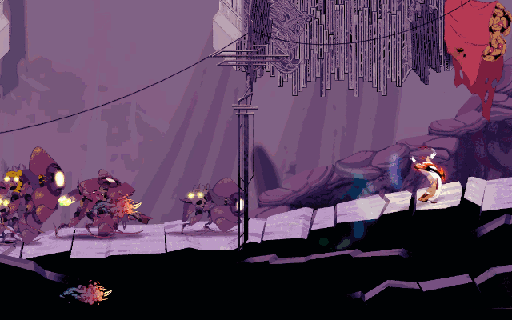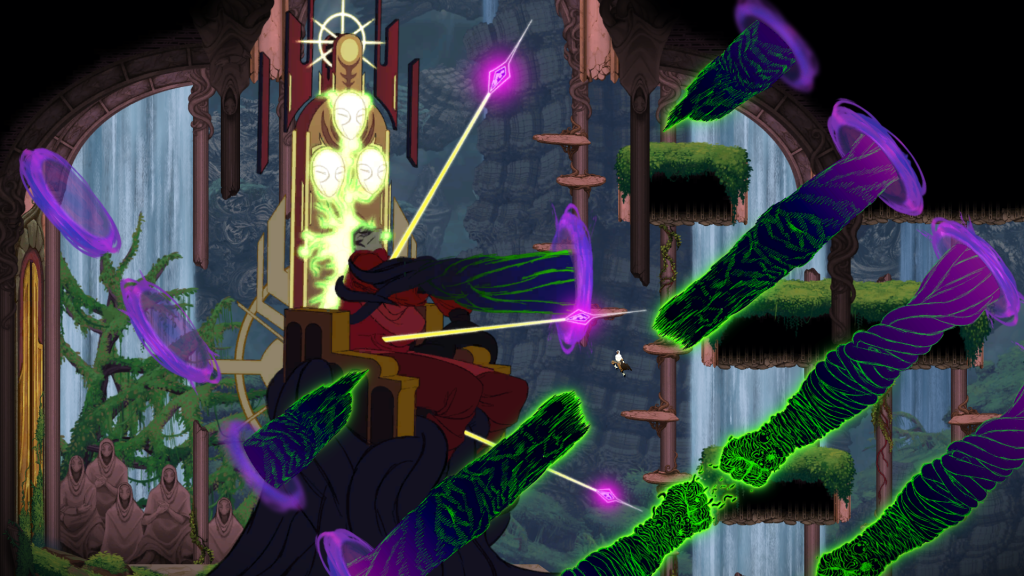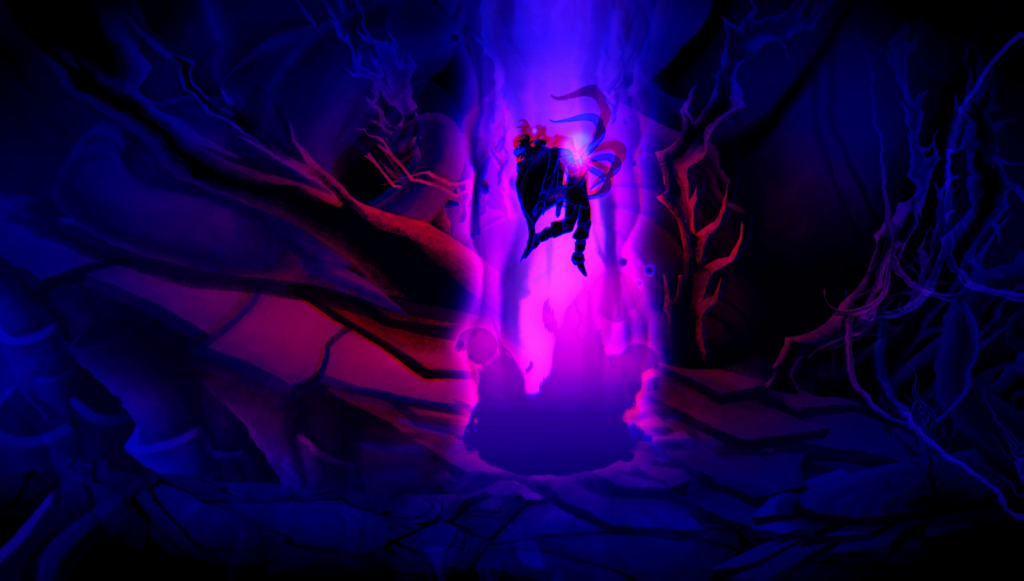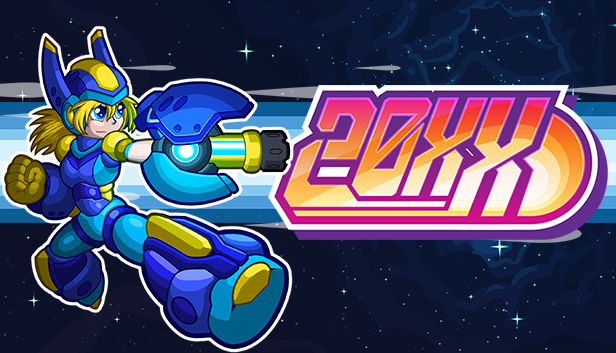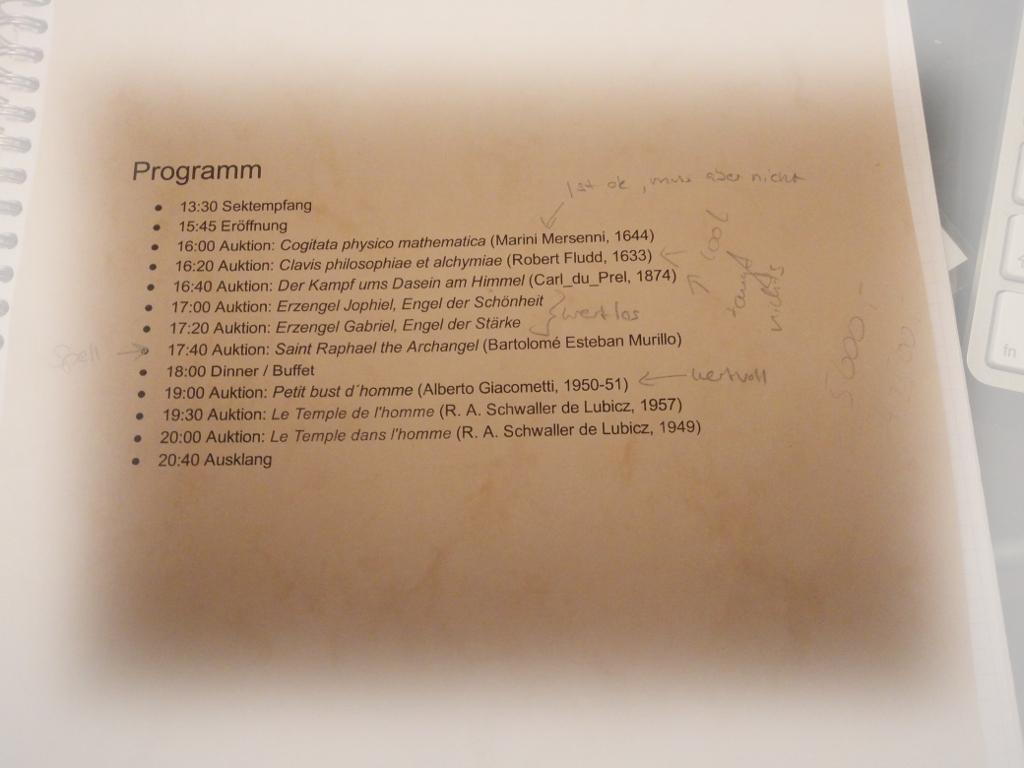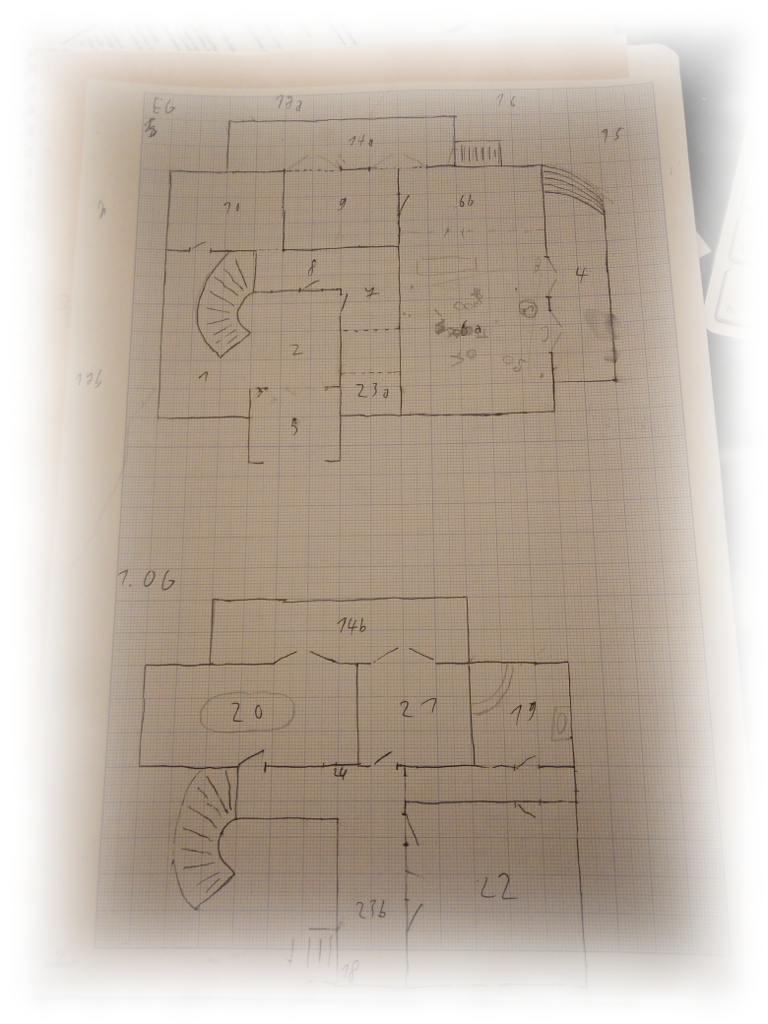This article contain mostly incoherent rambling about DnD 5E. I really like 5E, but it has some problems. I have to vent.
Recently, I have needed stat blocks for companion characters for my campaign on several occasions.
This has caused me some frustrations, mostly due to the way DnD 5E stat blocks are structured and even more so due the one thing that irks me most about 5E: The escalating hit points.
Let me elaborate, as well as share some war stories from some of our sessions:
Goblins!
The first time, I made 3 goblins roughly according to the new-ish 5E sidekick rules:
– Brick the inventor
- Brick the inventor (Roughly the spellcaster sidekick, but artificer flavoured)
- Snog the scout (Expert template, going for a knife-thrower / rogue type)
- Trix the ranger (Expert template, going for an archer / ranger / poisoner type)
They were okay, they were not too complicated, but they are also somewhat “same-ey”.
These three characters had “wants” and personality, so I controlled them as the GM.
Additionally, I gave them three more goblins, which the player character Kriv “recruited”:
Two Blade jugglers and a Fire eater
These stat blocks, in turn, were created by using regular monster stat blocks (Specifically, the Rakdos Performer from Guildmasters Guide to Ravnica, which has three variants.)
I gave Kriv’s player direct control over these. They were called Xub, Flark and Zorg.
So, this went somewhat well. The players maneuvered this party through some easy encounters and puzzles, then lost four of them (Brick, Xub, Flark and Zorg) to a midnight encounter in a tight space.
An Abishai revenant, which I dredged up from the backstory of our Tiefling character Sorrow re-assembled its skeleton directly in their camp. (Kriv had its skull in his possession.). They were obliterated by a storm of bone shards and a few multi-attacks, before the fiend was brought down.
After this, the two surviving goblins Snog and Trix grew close to the hearts of my players and provided a bit of comic relief in an otherwise bleak scenario. (A deserted/ruined underground dwarven city, to which they came to slay an imprisoned dragon).
My players even stated a goal regarding these:
Bring Snog and Trix back home alive and well.
They succeeded, maybe we will see this goblins again in the future?
Hunters
At some point, the players will get support (They have been informed by an NPC, so this is not a spoiler for them) from jungle hunters, five black dragonborne sent specifically to aid them in their quest.
I made a preliminary stat block for this: Black dragonborne hunter, level 6
Why level 6? They are supposed to be capable hunters and warriors, so their stat block should reflect that.
Minor quibble here: A level 6 sidekick is far from the power level of either, a level 6 player character or a CR6 monster. They are roughly in the CR3 range. I count them as such during encounter building.
Here, problems arise. I made this stat block a few months ago, when my players were level 7. Now they rapidly approach level 9, when the hunters arrive maybe even level 10. The hunters might already be irrelevant when it comes to this, I need to upgrade the stat block (more prep work).
Also, with Multiattack it means they produce a lot of die rolls during combat (10 rolls when all attack), dragging combat out longer.
Next problem: The last of these dragonborne groups was statted out as full NPCs, because they were possibly antagonists to the players (A diplomatic solution was found, because my players are cool). This is not even remotely feasible for this hunter group due to table time and complexity constraints.
Orcs
In the current part of the campaign, the characters have entered the territory of the orcs. There are several factions here and the players are in the process of making one of them their allies.
For this eventuality, I wanted to have quick stat blocks ready.
The Orc stat block is insufficient. I have already created several “specialist” orc stat blocks for the various factions, some of them with merely a few more hit points, different weapons, etc. others with special abilities specific to the tribe they belong to.
Now, I wanted a quick way to generate a stat block on the fly, but have it be internally consistent, and this wrecks my mind.
There are so many internal dependencies in a 5E stat block that it is very hard to just reduce it to a few input variables. Hit points are dependent on CON, creature size and CR (nebulous CR…). AC is dependent on DEX, attacks, saving throws and skills are dependent on various ability scores.
Of course, these things can be fudged, but then the stat block looks “off” (E.g. when a STR 14, Proficiency 2 creature has +5 to hit).
I am not yet willing to accept this.
Problems accumulate
So, there are a few challenges I encountered that are general to all companion/sidekick/retainer characters, regardless of system:
- They should not have abilities that need tracking (E.g. ammo, spell slots, dailies)
- They should only have a small repertoire of actions (To prevent wasting time on tactical considerations or #analysis-paralysis).
- They should be easy to write. Spending 30+ minutes on making a “correct” and balanced character is simply not worth it.
- Combat stretches to half-sessions when too many creatures are involved.
Then, there are the DnD-specific problems:
- Escalating hit points make everything weird. More on that below.
- The act of making the stat block is onerous as hell. For paper, you need to use a generator (third-party). You lose the support of monster-stat-block cards. (E.g. the Gale-Force-Nine ones)
- Entering a stat-block in DnDBeyond brings you a good printable stat-block, but you can´t use it in Roll20 (double work) and the UI for entering them is very, very bad. (Multiple menues, strange unexplained options in dropdown-lists, bad WYSIWYG editor, bad look&feel in general). I do not enjoy fighting against my tools.
- No simple way to generate a stat block on the fly.
- Spellcasters are a whole can-of-worms by themselves.
On escalating hit points
This, to me, is the elephant in the room in 5E. When you are playing a short campaign or a one-shot, this is not a problem, but in a campaign, the hit point escalation is a nightmare.
Stat blocks become irrelevant in the matter of a few levels. Groups of humanoids are really hard to stat up without breaking the verisimilitude of the world. Either they are sacks of hit points or they are one-shot by attacks (okay) or AoE-spells (ouch). Increasing the hit points of guards for each new city makes no sense, why would the guards of Razal Kut have 11 hit points and the guards of the next city have 25? Why does a Gladiator have 112 hit points?
This is especially a problem for me because I tend to describe damage in the “hit points as meat” form, not in the “hit points are luck” form. When the barbarian crits the Gladiator for 28 damage I will describe blood spraying about or spears piercing flesh. But the gladiator has over 80 hit points left, because he is a bag of hit points.
On the flipside of the coin, we have level 1 player characters who are one-shot by a goblin with a lucky critical hit.
Whenever I make stat blocks for this game, I run into this thing and it drives me mad.
Why companions
The question might come up, why have companions or retainers at all?
I like the things they bring to the game:
- They grant role-playing opportunities even when the players wander into the wilderness alone.
- They allow for larger-scale engagements, tactical options.
- Sometimes, it is just logical within the fiction that the players would go alone.
- Occasionally, the player characters have a gap in their expertise (e.g. no-one to “tank”, no-one to pick locks) and need it filled.
- It grants the players a way to spend their excess money
- It adds new dimensions to play (“how do we smuggle a dozen of soldiers into the city”) and offers new options (“Let the two soldiers guard our rear” and similar manoeuvres prevent party-splitting).
- They add stakes. (“Sure, we got out with the treasure, but three men died.”)
- They can act as local guides.
- There are probably more advantages, especially when one goes towards old-school problem solving (How do we carry all this treasure out of the dungeon?)
Alternatives
Currently, I contemplate adopting a “hit dice = power level” mechanic, similar to old DnD. I have none of the older sessions, but have seen enough OSR blogs and systems (Five Torches Deep, Sharp Swords and Sinister Spells).
I personally do not like these systems in play, but they potentially save huge amounts of prep work… then again, I lose the support of the challenge rating and encounter building mechanics of 5E. Many people complain about these, but for me they work.
I might have another look at the follower rules from [Strongholds & Followers], but I recall that they were very “not DnD” in a way (No hit points).
Long story short: Companions are nice. Escalating hit points are a major problem in 5E.
